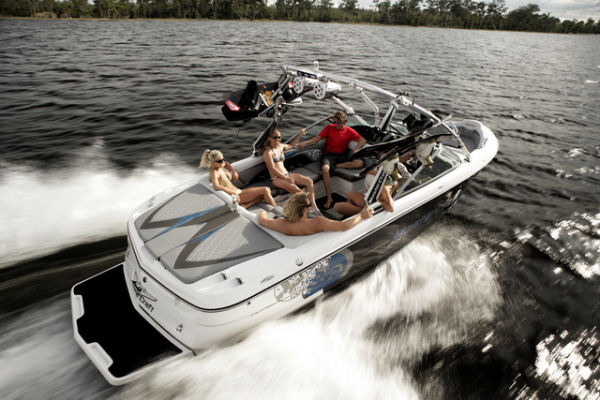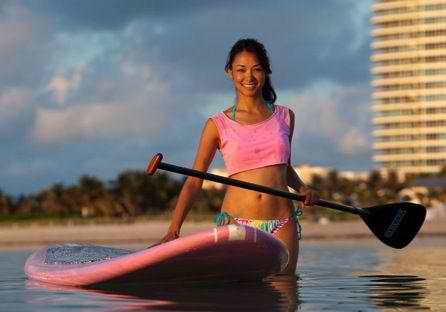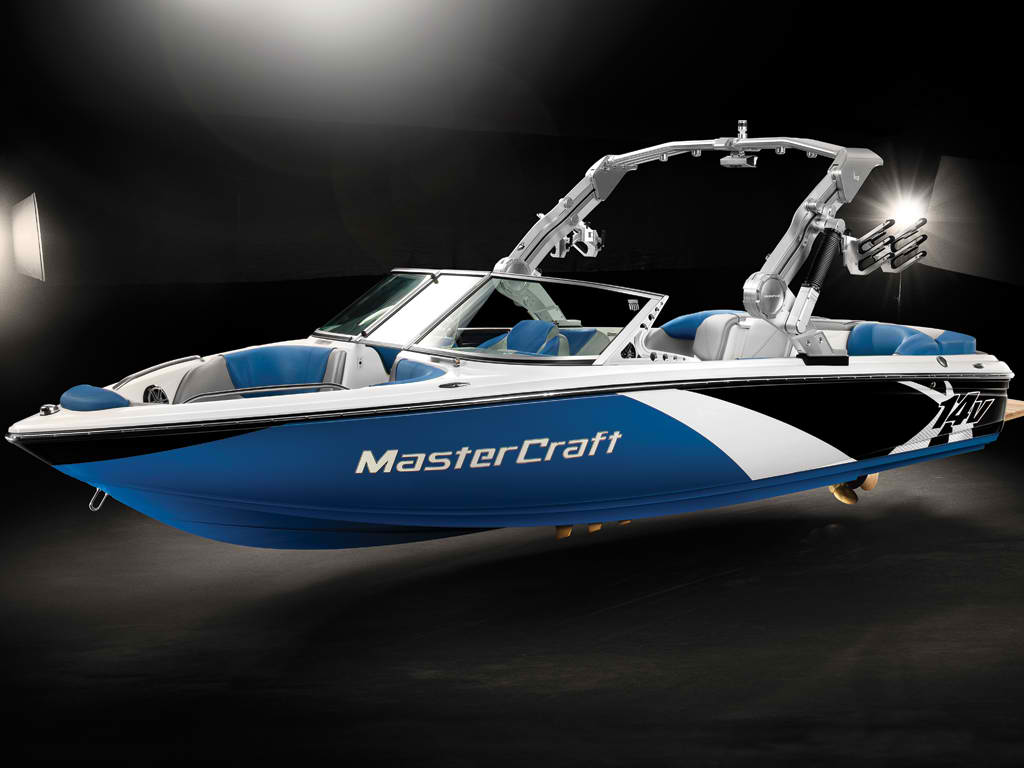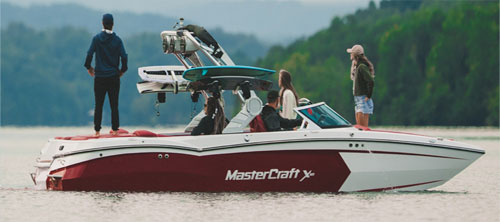
On The Water Jet Ski Rentals
Rent A New 2020 MasterCraft Boat
Whiskeytown Lake
- Hits: 9990
 Information on Whiskeytown Lake boat rentals, water sports, and boat tour services. This lake is sometimes called Schuyler Reservoir which is located in Shasta County in northwestern California about 8 miles west of Redding, CA. The lake is in the Whiskeytown Unit of the Whiskeytown-Shasta-Trinity National Recreation Area and amazing park offering all types of winter and summer recreational activities. There are also water sports activities available at the lake, including camping, wakeboarding, tubing, kneeboarding, wakesurfing, swimming, boating, water skiing and fishing.
Information on Whiskeytown Lake boat rentals, water sports, and boat tour services. This lake is sometimes called Schuyler Reservoir which is located in Shasta County in northwestern California about 8 miles west of Redding, CA. The lake is in the Whiskeytown Unit of the Whiskeytown-Shasta-Trinity National Recreation Area and amazing park offering all types of winter and summer recreational activities. There are also water sports activities available at the lake, including camping, wakeboarding, tubing, kneeboarding, wakesurfing, swimming, boating, water skiing and fishing.
You cannot use personal water craft at the lake they have been banned. Fishing opportunities include rainbow and brown trout; largemouth, smallmouth, and spotted bass; and kokanee salmon. Whiskeytown is favored by locals because of the 30-foot visibility of its waters, and wildlife that surround the lake to enjoy by all. Some of the animals include black bears, mountain lions, blacktail deer, turtles and raccoons, among other wildlife. It is mandated that the lake be at full capacity by Memorial Day, and remain full until Labor Day.
Stand Up Paddle Board
- Hits: 23255
 Official and largest provider of Stand Up Paddle Board Rentals and sales at all lakes, reservoirs, and rivers we service in the United States. All of our locations except our Orem, Utah location require you to rent watercraft in order to rent the paddle boards. This is one of the fast growing sports; the stand up paddleboard rentals are some times referred to as (SUP) which is a fun for all ages, easy, and a great way to exercise and play on the water all at the same time! With a minimum amount of equipment, you can paddle anything from ocean surf to lakes, reservoirs, and rivers—no waves required. Paddleboards offer an amazing full body workout and is becoming a favorite cross-training activity for skiers, snowboarders and other athletes. It's a unique experience standing on the water to see all types of fish and plant life under your feet; it's almost like walking on water! Rent one of our new Paddle Boards today!
Official and largest provider of Stand Up Paddle Board Rentals and sales at all lakes, reservoirs, and rivers we service in the United States. All of our locations except our Orem, Utah location require you to rent watercraft in order to rent the paddle boards. This is one of the fast growing sports; the stand up paddleboard rentals are some times referred to as (SUP) which is a fun for all ages, easy, and a great way to exercise and play on the water all at the same time! With a minimum amount of equipment, you can paddle anything from ocean surf to lakes, reservoirs, and rivers—no waves required. Paddleboards offer an amazing full body workout and is becoming a favorite cross-training activity for skiers, snowboarders and other athletes. It's a unique experience standing on the water to see all types of fish and plant life under your feet; it's almost like walking on water! Rent one of our new Paddle Boards today!
Stand up paddleboarding is a significant water sport gear investment for anyone with boards and a paddle costing in the thousands. Sizes of boards are based on the paddler's weight and experience. More experienced riders used lighter paddlers can choose narrower boards. Novice paddlers should choose wider, flatter boards, which offer more stability. Stand up paddles have an angle or "elbow" in the shaft for maximum efficiency while paddling. Choose a paddle that's roughly 6" to 8" taller than you. The U.S. Coast Guard classifies stand up paddle boards as vessels, so always wear a PFD whenever you're paddling navigable water.
Here are a few pointers on how to stand up paddle board before you rent one:
When you're just starting out, it's easier to kneel on the board rather than to stand directly upright. Standing alongside the board, place your paddle across the deck of the board and use it as an stabilizer. The paddle grip is on the rail (edge) of the board; the blade rests on the water. Hold the board by the rails. One hand will also be holding the paddle grip. Pop yourself onto the board into a kneeling position, just behind the center point of the board. From that kneeling position, get a feel for the balance point of the board. The nose shouldn't pop up out of the water and the tail shouldn't dig in and keep your hands on either side of the board to stabilize it. Once you're ready, stand up on the board one foot at a time and place your feet where your knees were.
To help you keep your balance as you stand upright on the paddleboard; your feet should be parallel, about hip-width distance apart, centered between the rails (board edges). Don't stand on the rails and keep toes pointed forward, knees slightly bent and your back straight. Balance the board with your hips—not your head. Keep your head and shoulders steady and upright, and shift your weight by moving your hips. Your should be looking in front of you and avoid staring at the water or board.
 This can be much like other sports when your forward momentum increases, your stability on the board increases as well. Once you've practiced balancing on the stand up paddle board in flat water, it's time to take off on your adventure excursion—where the real fun begins. Here are some tips for getting started with the basic paddleboarding stroke. If you're paddling on the right, your right hand is lower and on the paddle shaft and your top (left) hand is on the top of the grip. The elbow (angle) of the paddle faces away from you. Keep your arms straight and twist from your torso as you paddle the board. Think of using your torso to paddle rather than your arms, this will significantly reduce fatigue in your arms. Push down on the paddle grip with your top hand. Plant the paddle by pushing the blade all the way under the surface, pull it back to your ankle, then out of the water.
This can be much like other sports when your forward momentum increases, your stability on the board increases as well. Once you've practiced balancing on the stand up paddle board in flat water, it's time to take off on your adventure excursion—where the real fun begins. Here are some tips for getting started with the basic paddleboarding stroke. If you're paddling on the right, your right hand is lower and on the paddle shaft and your top (left) hand is on the top of the grip. The elbow (angle) of the paddle faces away from you. Keep your arms straight and twist from your torso as you paddle the board. Think of using your torso to paddle rather than your arms, this will significantly reduce fatigue in your arms. Push down on the paddle grip with your top hand. Plant the paddle by pushing the blade all the way under the surface, pull it back to your ankle, then out of the water.
When you're beginning, keep your strokes fairly short and close alongside the board. A small draw stroke at the beginning of the paddle stroke will keep you going forward. To go in a reasonably straight line, paddle about 4 or 5 strokes on one side, then switch to the other. When you switch sides, you'll reverse hand positions. There are several straightforward ways to turn a paddle board. One way is the sidestroke an easy method to simply paddle on one side until the nose turns in the direction you want to go. If you want to turn right you need to paddle on the left and if your headed to the left then you need to Paddle on the right. Another way to turn is to backpaddle which is fast! Simply drag the paddle or paddle backwards on either side of the board. The last way is to use the sea ("c") stroke where you plant your paddle towards the front of the board and take a long sweeping stroke towards the tail sometimes this is called a "sweep stroke".
Beginner mistakes in paddle board rentals. These mistakes are easy to make when you're starting out so try to avoid them and you'll have a lot more fun on the water: A hunched posture is not good so keep your back straight, shoulders level. Staring at your feet instead of the horizon and elbow (bent angle) of the paddle facing in the wrong direction; It should point away from you. Having both hands on the paddle shaft with your top hand belonging at the very top of the paddle, on the grip. Finally do not stand straight-kneed; it is much easier to balance with bent knees. Enjoy a new paddle board purchase or rental in Utah, Nevada, Arizona, California, New Mexico, Washington, Oregon, Colorado, Nebraska, South Dakota, Idaho, Wyoming, and Nevada.
Kenney Reservoir
- Hits: 6201
 Information and visitor guide to Kenney Reservoir boat rentals, jet ski, water sports, and lake tour service company. This lake was completed in 1984 providing the area with a wide variety of recreational facilities and leisure activities, including motor boating, wakeboarding, waverunners, water skiing, tubing, wakesurging, sailing, fishing and swimming. Visitors will find are well maintained facilities that include clean restrooms, group shelters, horseshoe pits, swimming area, a marina and sand play areas.
Information and visitor guide to Kenney Reservoir boat rentals, jet ski, water sports, and lake tour service company. This lake was completed in 1984 providing the area with a wide variety of recreational facilities and leisure activities, including motor boating, wakeboarding, waverunners, water skiing, tubing, wakesurging, sailing, fishing and swimming. Visitors will find are well maintained facilities that include clean restrooms, group shelters, horseshoe pits, swimming area, a marina and sand play areas.
Fishers will find black crappie, channel catfish, green sunfish, and rainbow trout. Trout are stocked regularly at this state park. Those enjoying boating and watercraft can launch from the concrete boat ramp located at the marina on the east side. To get here from I-70 west to Loma exit (Highway 139). Travel north to Rangely, then 5 miles east on Highway 64.


